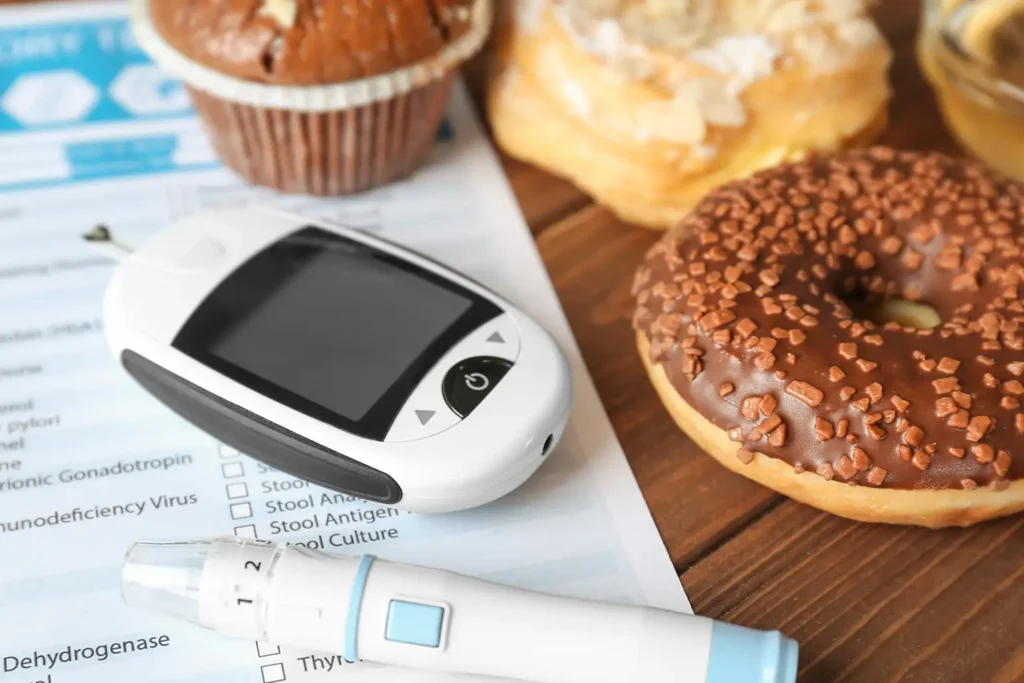
Type 1 vs. Type 2 diabetes: Diabetes is one of the most common chronic health conditions worldwide, but not all diabetes is the same. The two major types, Type 1 and Type 2, differ in how they develop, who they affect, and how they are managed. Understanding these differences is important for awareness, prevention, and timely treatment.
What is diabetes?
Diabetes is a condition in which your body cannot properly manage blood sugar levels, also known as glucose. Normally, the hormone insulin helps transport glucose from the bloodstream into the cells, where it is used for energy. In diabetes, this process doesn’t work as it should. Either the body doesn’t produce enough insulin, or it can’t use it effectively. Over time, this leads to excess sugar remaining in the blood, which can cause serious health complications if left unmanaged.
Also Read | The diabetes-cholesterol connection: What every patient should know
Type 1 diabetes:
Type 1 diabetes is an autoimmune condition in which the body’s immune system mistakenly attacks and destroys the insulin-producing beta cells in the pancreas. Hence, people with type 1 diabetes produce very little insulin. It is generally diagnosed in children, teens or young adults.

Type 2 diabetes:
Type 2 diabetes happens when the body still makes insulin, but the cells don’t respond to it properly. With time, the body might also make less insulin. It is generally seen in adults over the age of 40, but is now rising sharply in younger populations due to lifestyle factors. It may be managed through diet, exercise, medication or insulin if required.
Key differences between Type 1 & Type 2 diabetes:
| Feature | Type 1 diabetes | Type 2 diabetes |
| Cause | Autoimmune: Body attacks insulin cells | Insulin resistance + lifestyle factors |
| Age of Onset | Often in children or young adults | Usually in adults, but rising in youth |
| Onset | Sudden | Gradual |
| Insulin Production | None | Some, but not enough |
| Treatment | Daily insulin injections | Lifestyle changes, oral meds, sometimes insulin |
| Can it be prevented? | No | Yes, with a healthy lifestyle |
| Weight connection | Not usually | Often linked to being overweight |
What happens if diabetes is not managed well?
No matter the type, uncontrolled diabetes can lead to severe health problems, like heart disease, kidney damage, vision loss, nerve damage, and even foot problems. That’s why early diagnosis and daily care are so important. While Type 1 cannot be prevented, Type 2 diabetes can often be delayed or avoided by maintaining a healthy weight, eating a balanced diet, exercising regularly, and getting regular health check-ups.
Also Read | Can fatty liver lead to diabetes and heart disease? Here’s the truth
While Type 1 and Type 2 diabetes might share the same name, they are unique in their impact and management. Understanding the differences helps you identify early signs and receive proper treatment.








